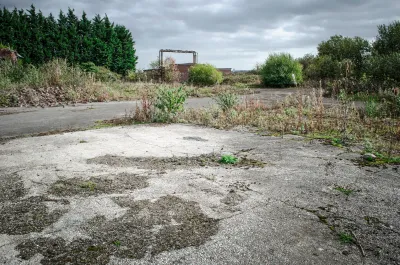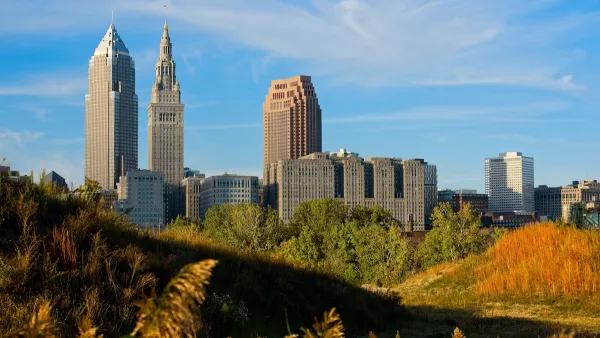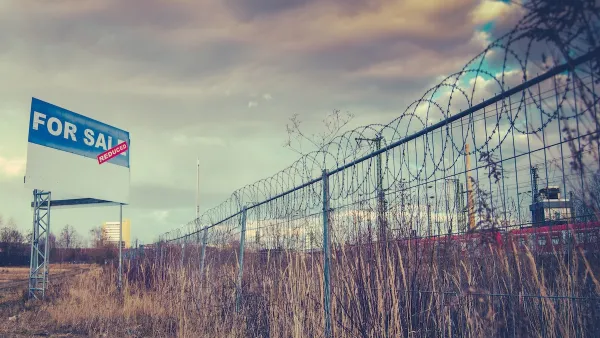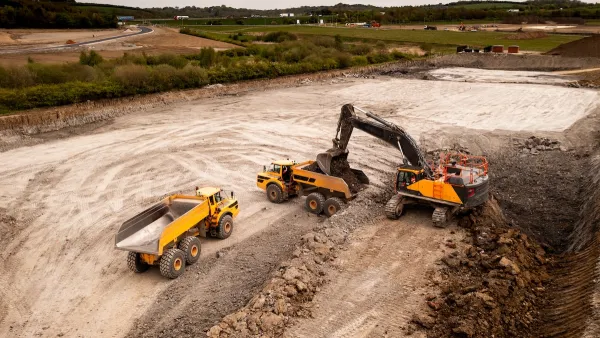Building hospitals and other health-oriented facilities on former brownfield sites can benefit the community, but can also perpetuate historic inequities and exploit undervalued land at the expense of local residents.

In an excerpt from Health Colonialism: Urban Wastelands and Hospital Frontiers republished in Next City, Shiloh Krupar assesses how using brownfields for health facilities can contribute to health disparities in low-income neighborhoods.
As Krupar explains, brownfield remediation caught on in the 1990s, promising a “green investment” that would develop underused land and clean up environmental pollution. “A form of brownfield project called healthfields reframes land revitalization as an ongoing public health effort involving community stewardship of bodies of land and human health. This land reuse policy seeks to remedy medical scarcity in underserved BIPOC communities and close the biomedical divide that separates bodily health and clinic-based acute care from environmental conditions.”
But for Krupar, “The emphasis of brownfield programs, and by extension healthfields, on environmental cleanup standards and land futures allied to property productivity potentially means that significant but uncertain contamination remains.” Although healthfields may bring badly needed services to underserved neighborhoods, “they risk re-entrenching health disparities stemming from historic segregation, environmental racism and waste colonialism.” In many cases, healthfield projects “spur the growth of extractive development projects that exploit devalued land and do not necessarily give local communities a seat at the table of economic planning and governance.”
As long as a priority is placed on land values, Krupar notes, “It justifies ongoing land grabs under the banner of environmental health. Planting parks, farmers markets or other environmental amenities as trickle-down benefits to local health-stricken communities can intensify gentrification and entrench geographies of waste and race by ‘greenwashing’ displacement.”
FULL STORY: Turning Brownfields Into Hospitals Can Improve Public Health. It Can Also Entrench Disparities.

Analysis: Cybertruck Fatality Rate Far Exceeds That of Ford Pinto
The Tesla Cybertruck was recalled seven times last year.

National Parks Layoffs Will Cause Communities to Lose Billions
Thousands of essential park workers were laid off this week, just before the busy spring break season.

Retro-silient?: America’s First “Eco-burb,” The Woodlands Turns 50
A master-planned community north of Houston offers lessons on green infrastructure and resilient design, but falls short of its founder’s lofty affordability and walkability goals.

Test News Post 1
This is a summary

Analysis: Cybertruck Fatality Rate Far Exceeds That of Ford Pinto
The Tesla Cybertruck was recalled seven times last year.

Test News Headline 46
Test for the image on the front page.
Urban Design for Planners 1: Software Tools
This six-course series explores essential urban design concepts using open source software and equips planners with the tools they need to participate fully in the urban design process.
Planning for Universal Design
Learn the tools for implementing Universal Design in planning regulations.
EMC Planning Group, Inc.
Planetizen
Planetizen
Mpact (formerly Rail~Volution)
Great Falls Development Authority, Inc.
HUDs Office of Policy Development and Research
NYU Wagner Graduate School of Public Service




























